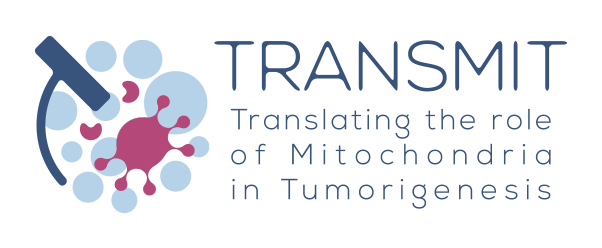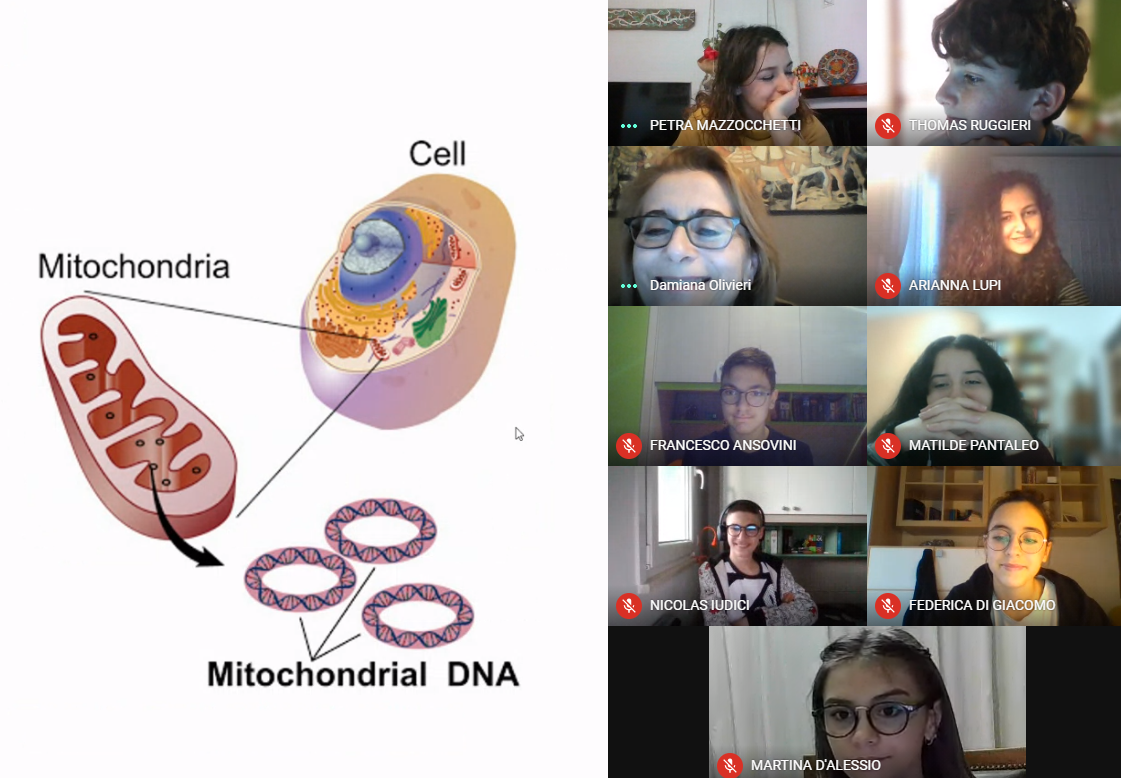Here you can read (and also enjoy) the positive feedback about the CLIL project “TRANSMIT: the road to meet MITOS” organised at the middle school of Istituto Omnicomprensivo Città Sant’Angelo (PE, Italy) as part of the dissemination activities planned within the framework of TRANSMIT.
FEEDBACK FROM THE STUDENTS
Federica Di Giacomo, 13 years old
The CLIL Project helped me to improve my English and to go out of my comfort zone, using English for talking about Science. Thanks to the TRANSMIT Researchers, I have understood that science’s contribution to society is very important. This meeting just increased my passion for science and research!
Vittoria Niccolò, 13 years old
The CLIL Project has been a great experience! It helped me to strengthen science topics never studied before. I have improved my know-how using a foreign language! I also met new classmate and we are now in contact also after the end of this experience.
Thomas Ruggieri, 14 years old
I found this course very interesting because when I will be graduated I would like to start a career in Science. It taught me a lot about cellular science which is a topic that I had never studied before.
The researchers that are involved in this project spoke a lot about their job as researchers and I found it very interesting, I am very happy to have attended this course!
Students also realized a science rap song.
ENJOY THE SCIENCE RAP SONG!
FEEDBACK FROM THE TEACHERS INVOLVED IN THE CLIL PROJECT
Prof. Daniela Barcaroli, Antonella Laurenzio, Valentina Mandruzzato, Petra Mazzocchetti, Damiana Olivieri, Rosita Raiti, Mariassunta Vanni
Q: What kind of material did you select to familiarize students with the micro-language required for the CLIL course?
A: I started my lessons with the booklet, that I found very useful: the language is simple and comprehensible and the images colourful and of great impact on the pupils.
Starting from the booklet I thought to improve our young learners’ vocabulary and their pronunciation by choosing videos, songs (Cells Cells – Parts of the Cell Rap, DNA Song), scientific but simple materials (BBC Learning – Major Organs of the Human Body, HUMAN CELL – Best Learning Videos For Kids, How Mitochondria Produce Energy, What is DNA and How Does it Work?), games (The Animal Cells Musical Quiz), in order to motivate them but, at the same time, let them know the importance of the research, researchers and the topic indeed: the fight against cancer.
The students enjoyed themselves playing with Mito: he came with us till the end of our lessons!
Q: Why did you decide to take part in a CLIL (Content and Language Integrated Learning) project within the framework of an European project?
A: This project helped us to strengthen the students ‘skills in science, such as the ability to think clearly and rationally, and to understand the logical connection between ideas.
Thanks to the TRANSMIT project, we had the opportunity to give students a chance to meet young researchers selected within a challenging European training project who work in cancer research.
Students were highly motivated and learned more about European mobility opportunities.
Q: Tell us about your impressions of the course What were your expectations before the start of the project and at the end?
A: We are really impressed! In order to prepare students for the meeting with researchers, we organized a CLIL program based on the TRANSMIT booklet topics. Each of us, based on individual skills , had a slot in the CLIL course program. Booklets was very useful as brainstorming activity to introduce our students to key concepts in a fun and interactive way.
We are very satisfied with both the number and gender of students who attended the course. Indeed, half of the class was composed of female students. Indeed, despite encouraging signs, women are still under-represented in science whether in basic scientific research or at higher decision-making levels. Achieving gender equality in scientific research remains an important challenge for education-makers and the whole scientific community.
An experience we would like to repeat, as it proves to be a useful way to create a bridge between young students and researchers and to encourage young people to go out of their comfort zone.
FEEDBACK FROM THE HEADMASTER
Prof. Lorella Romano
Q: Can you tell us about the objectives and reasons that led you and your teaching staff to organize the CLIL course in collaboration with the European project TRANSMIT?
A: Twofold motivations and twofold objectives.
Objectives: to make the English language a vehicle for meaningful and specific content, to promote and reinforce STEM (Science, Technology, Engineering, and Mathematics) disciplines in the students’ curriculum.
Reasons: to raise pupils’ learning levels by making school a more attractive and stimulating place to everyone; to guide students by showing them possible and feasible life plans.
Q: As director of your institution, how would you evaluate the overall experience?
A: I would say positive. It proved to be a model of good teaching practice that I really hope that we will able to replicate also in collaboration with the high school of Applied Sciences and the high school of Science and Sports, both specialties of our Liceo BERTRANDO SCAVENTA. We would be glad to continue our collaboration with the University of Bologna in the organisation of vertical online workshops that might be address not only the middle school students but also to students attending the first year in our high school.
Q: The CLIL project allowed your students to experience first-hand what the European Union does in terms of funding scientific research. If we consider their young age, students were given the opportunity to have a close-up into an aspect of the EU they probably knew little about. Presumably, students tend to look at the EU as an international institution that is quite far from their reality. Could you tell us about your impression in this respect?
A: Back in 2018 the Council of Europe adopted a new Recommendation on key competences for lifelong learning that renews and replaces the previous framework defined in 2006. Not only did the CLIL project promote the self-training of teachers of English, mathematics, and science, but it also highlighted the growing need, within the definition of the school curriculum, for greater entrepreneurial, social, and civic skills, considered essential “for ensuring resilience and the ability to adapt to changes”. The European horizon broadens and consolidates School as an institution, making the youth fully aware of their European citizenship as well as of the European context as a lever for innovation, solidarity, and creative thinking.
Finally, I would like to thank not only the University of Bologna, but also, and foremost, my teachers who have voluntarily carried out the CLIL course for strongly motivating the students of the last year of our middle school. Now I really hope that we will make the path taken thus far even more structured and organic.


